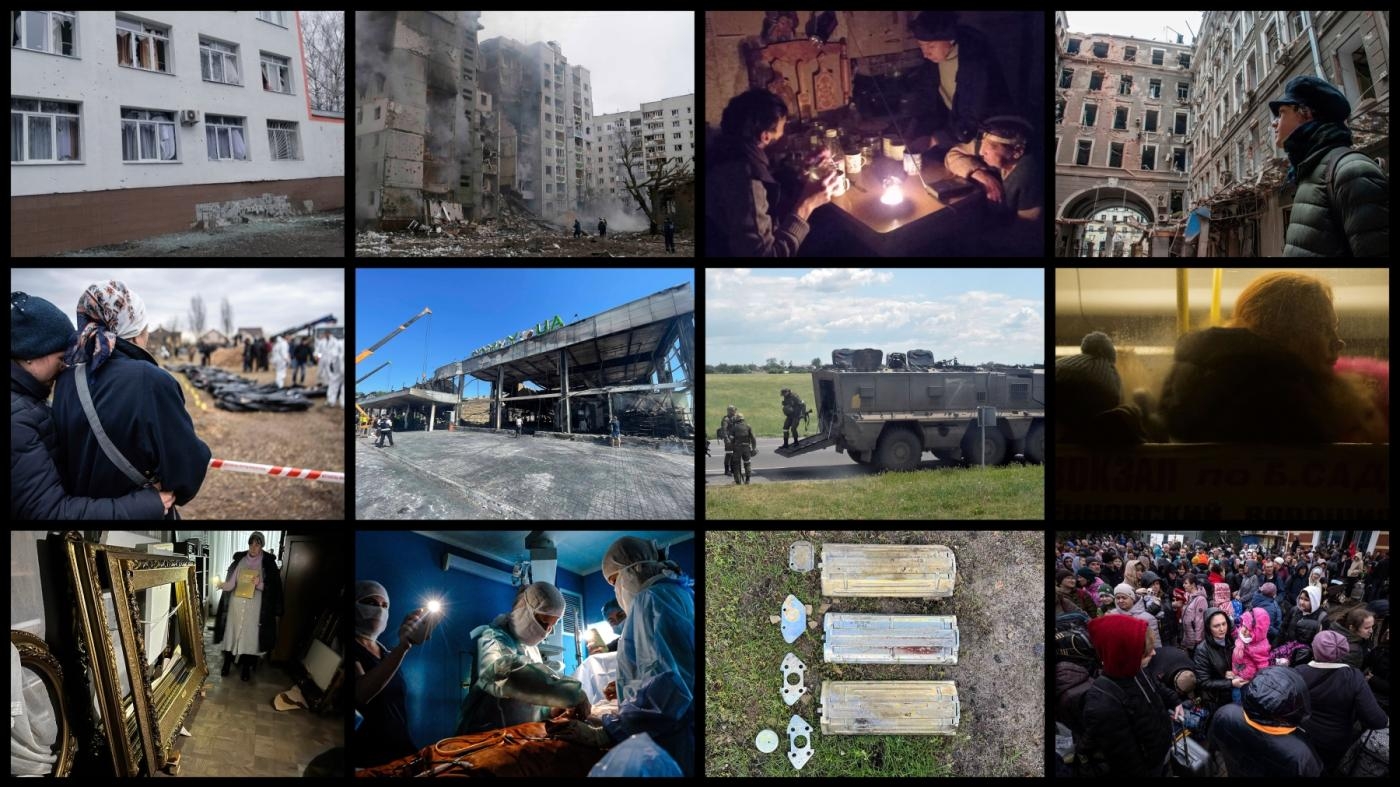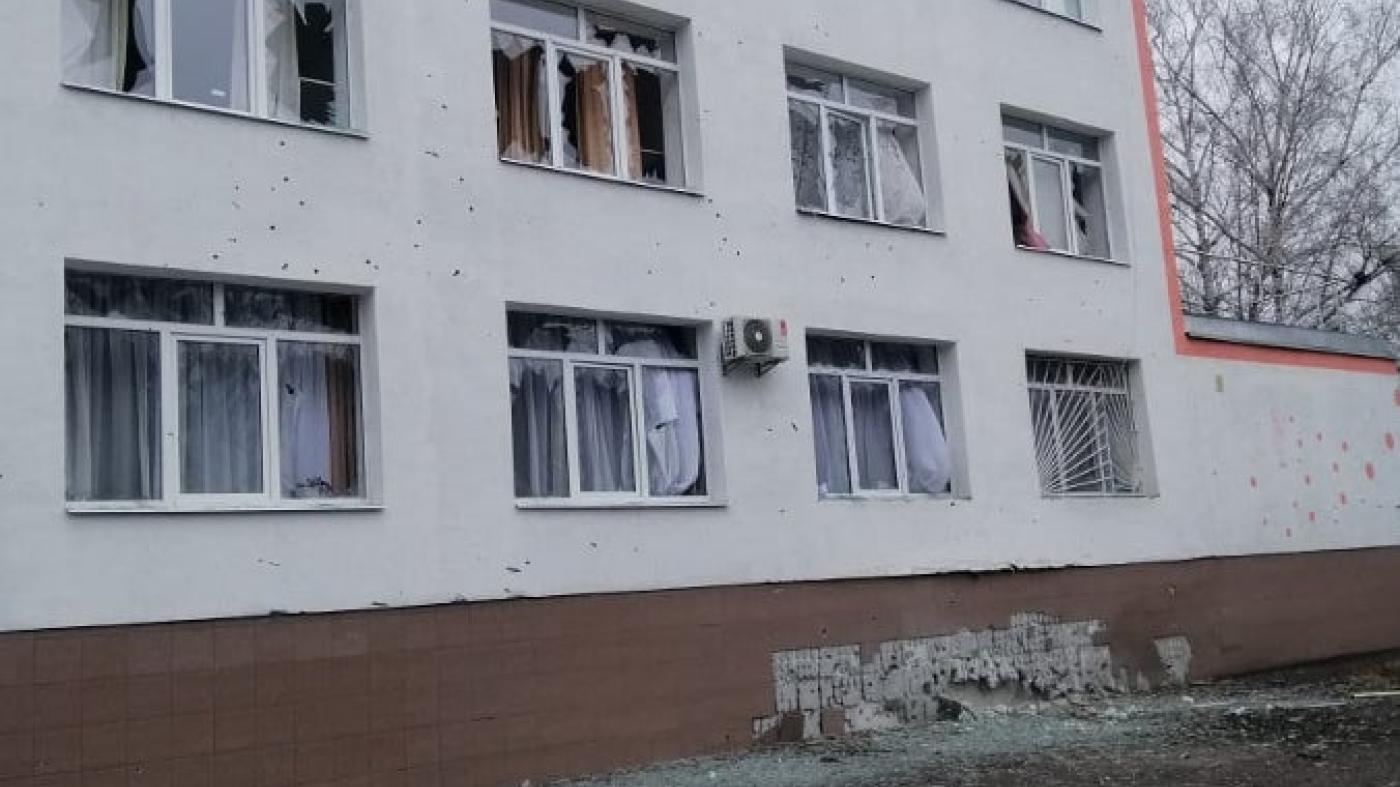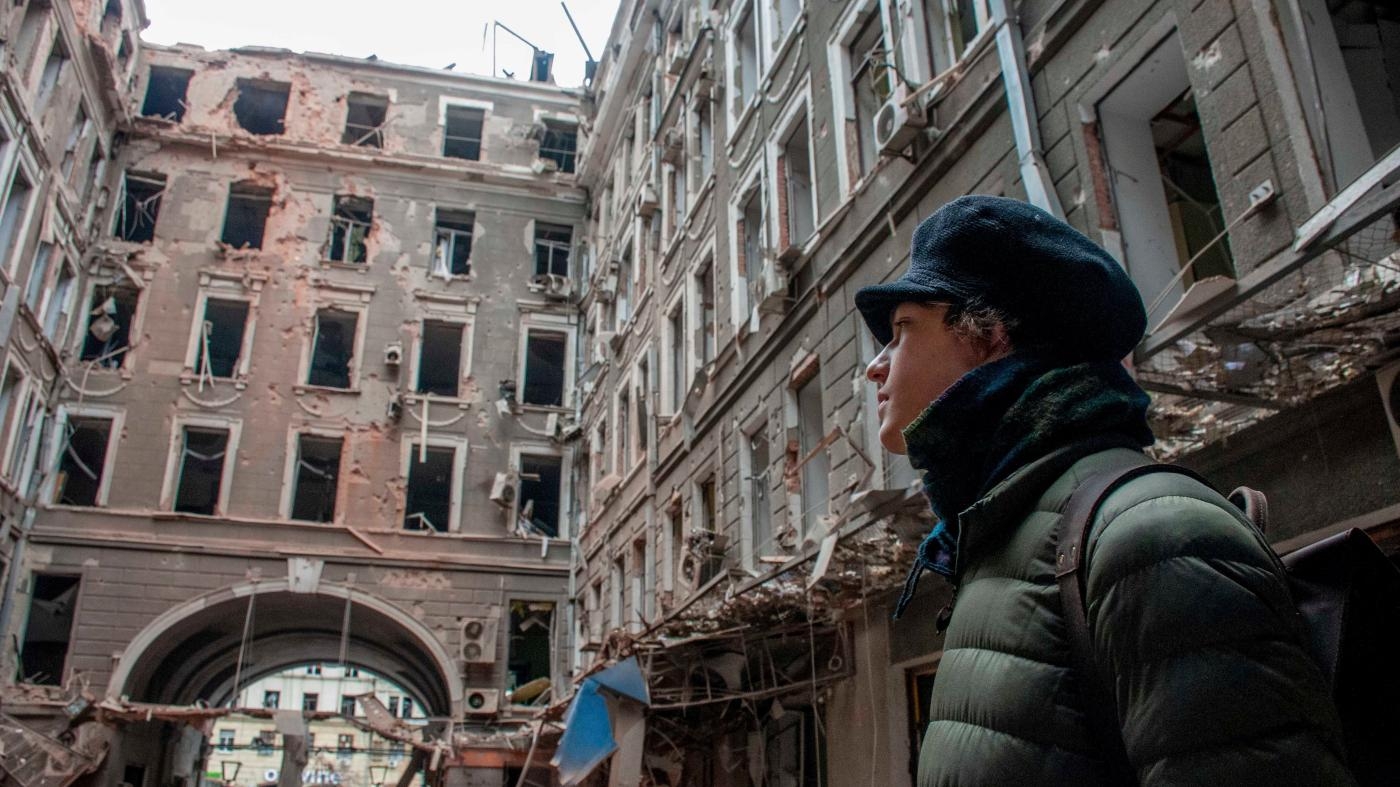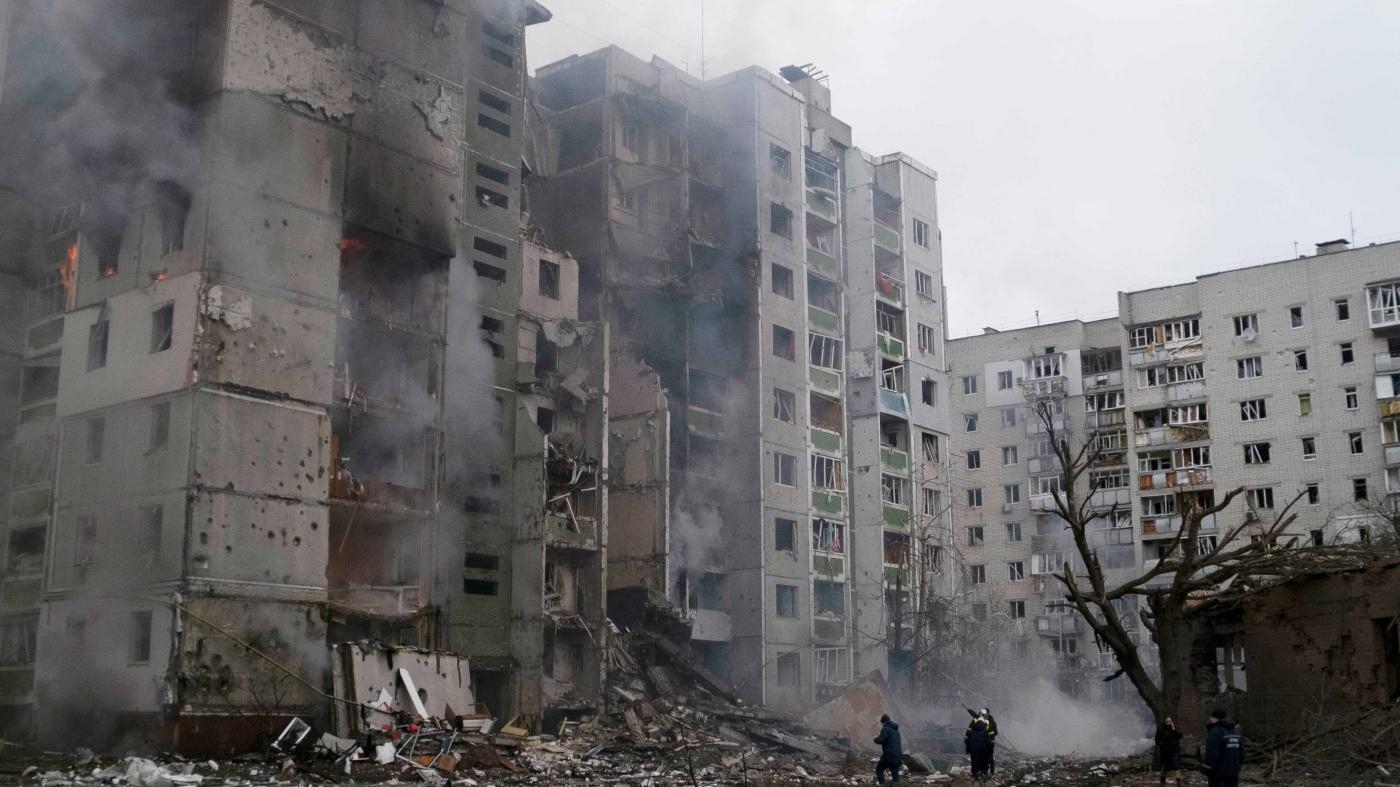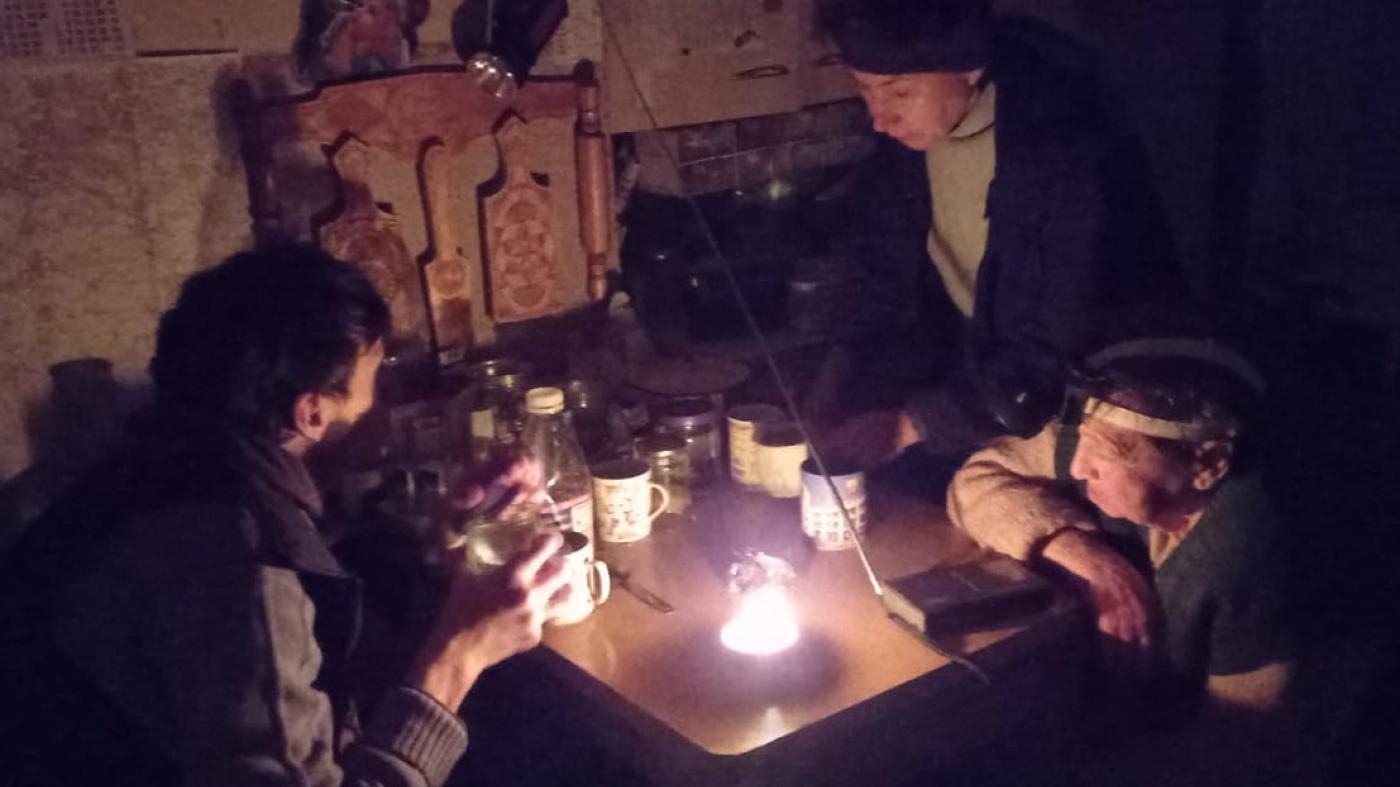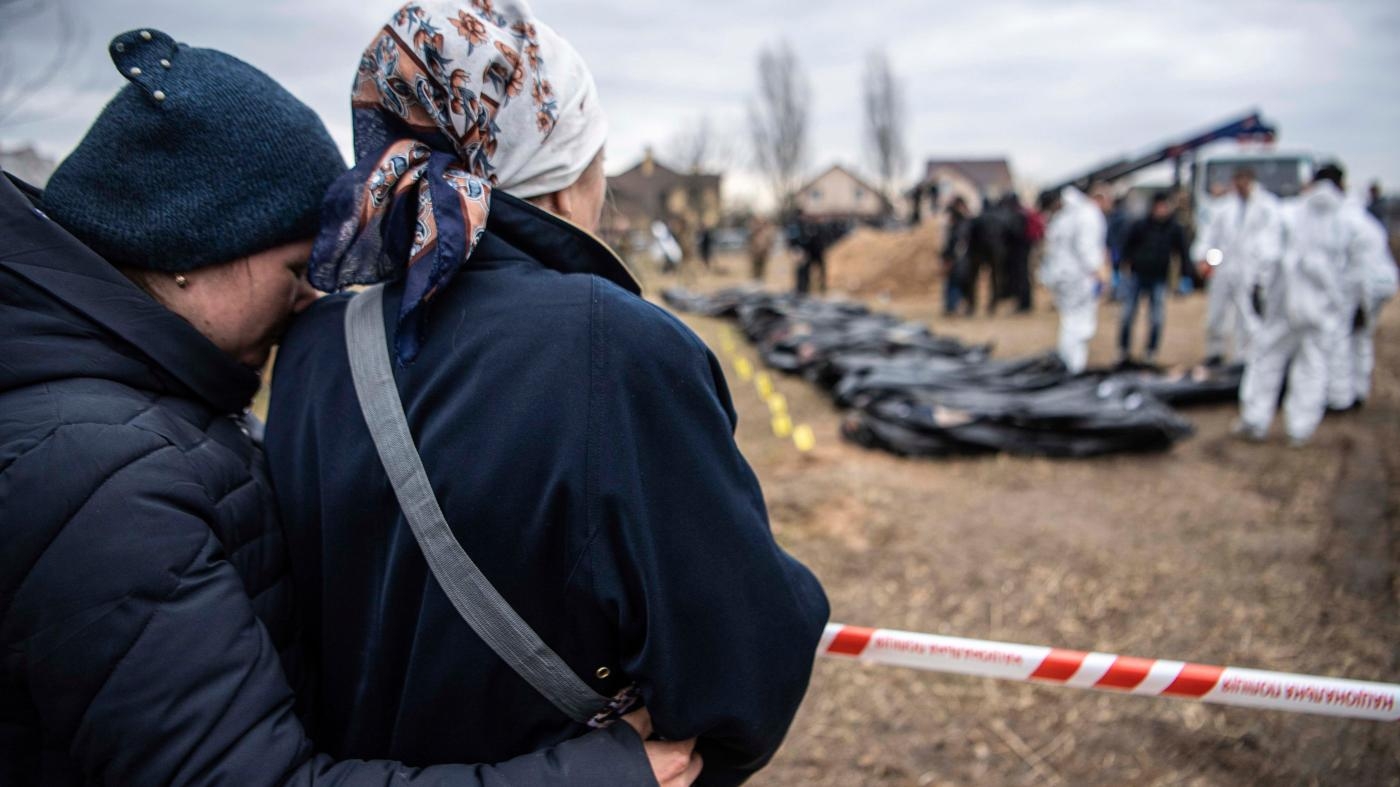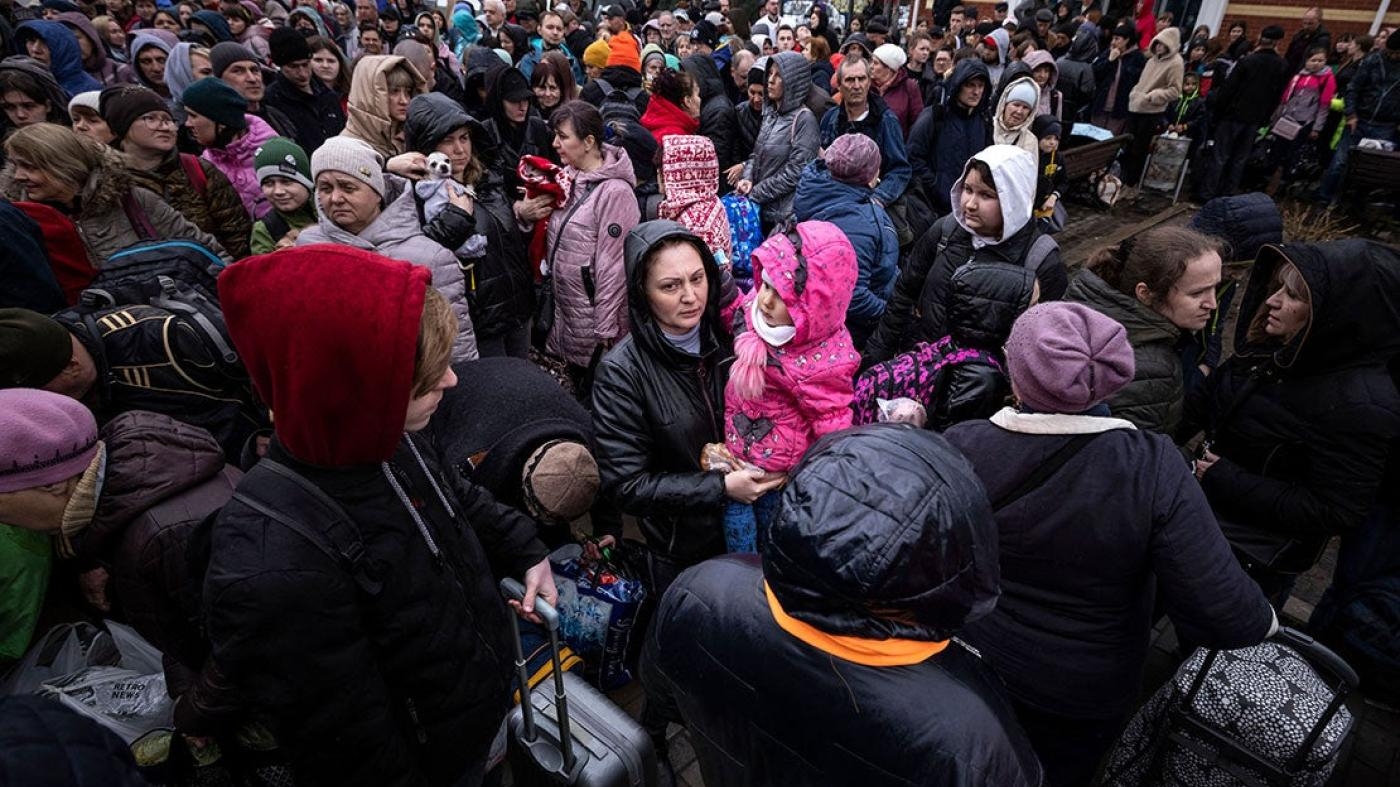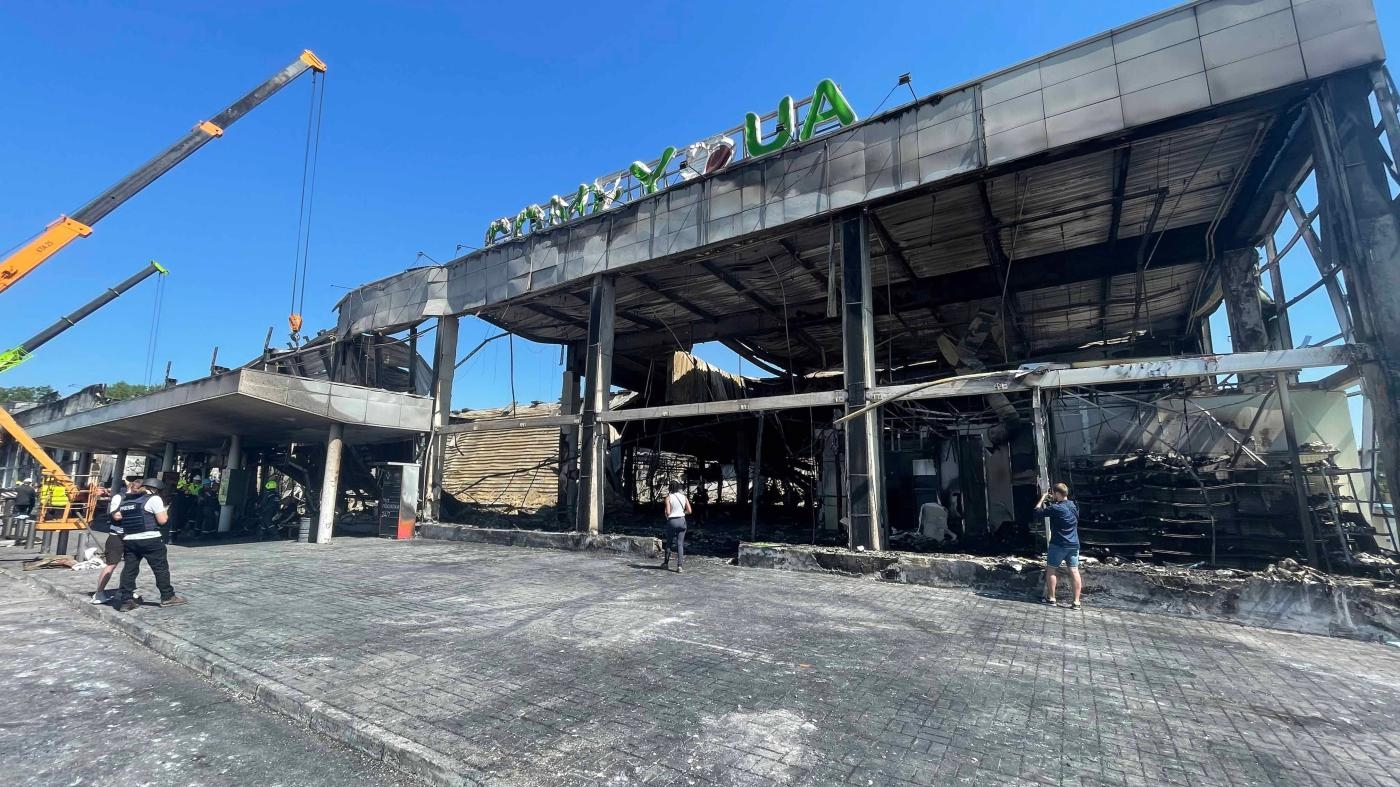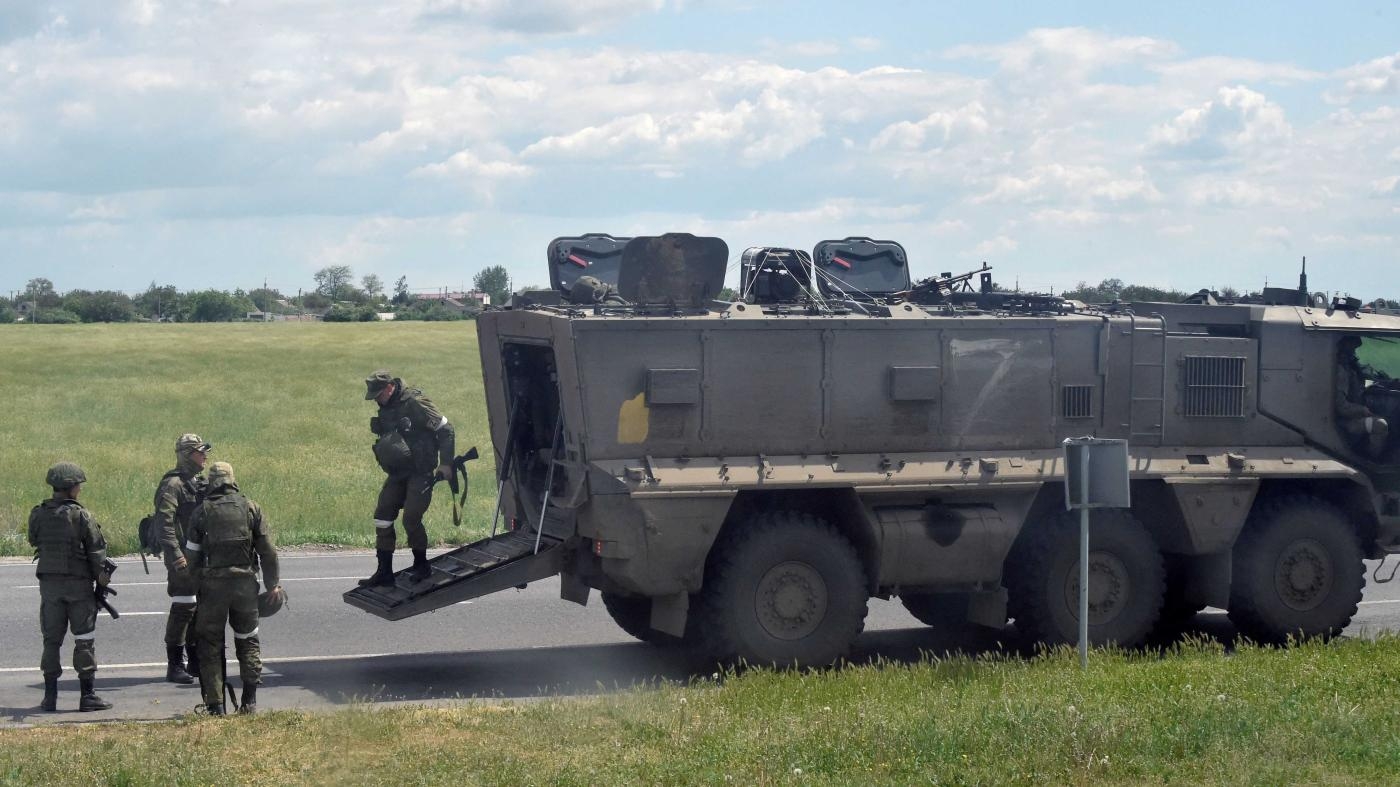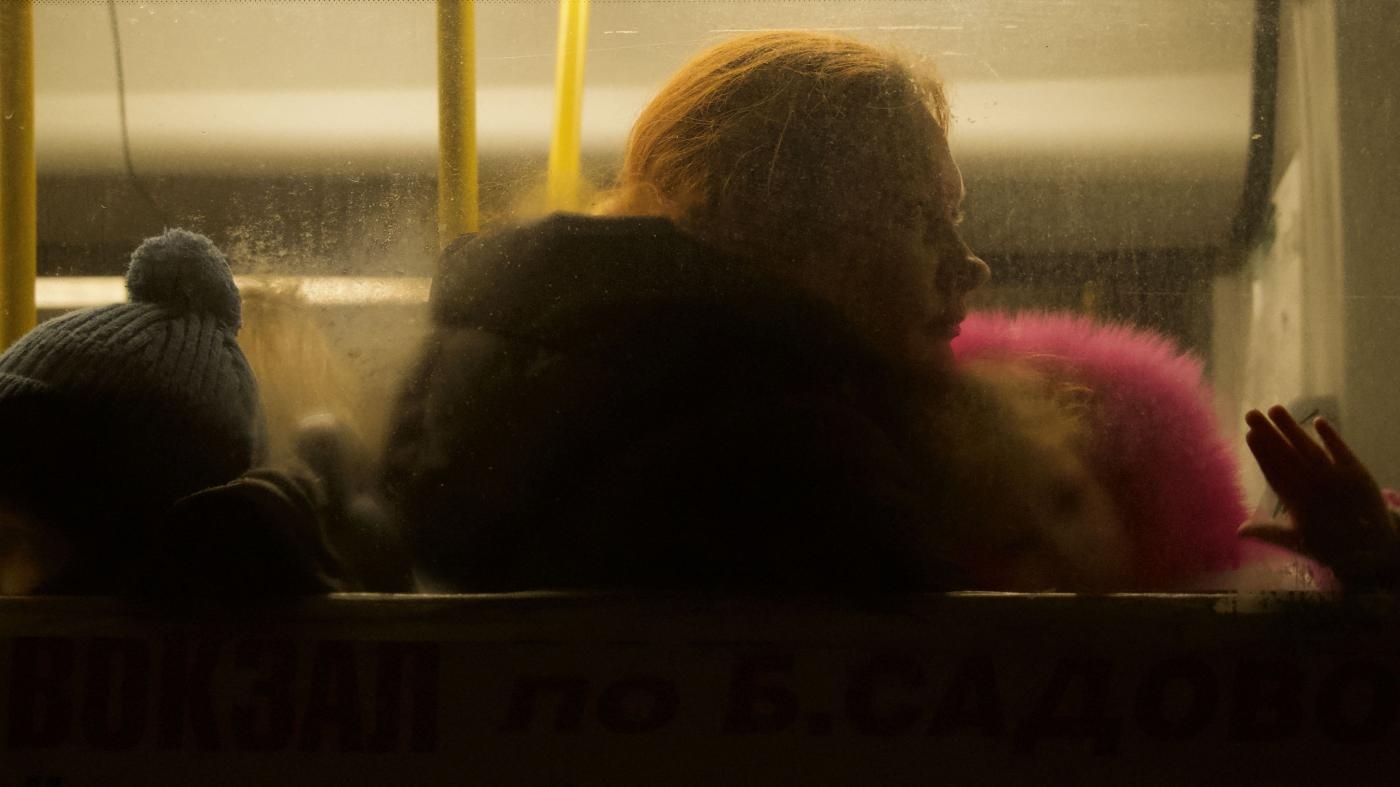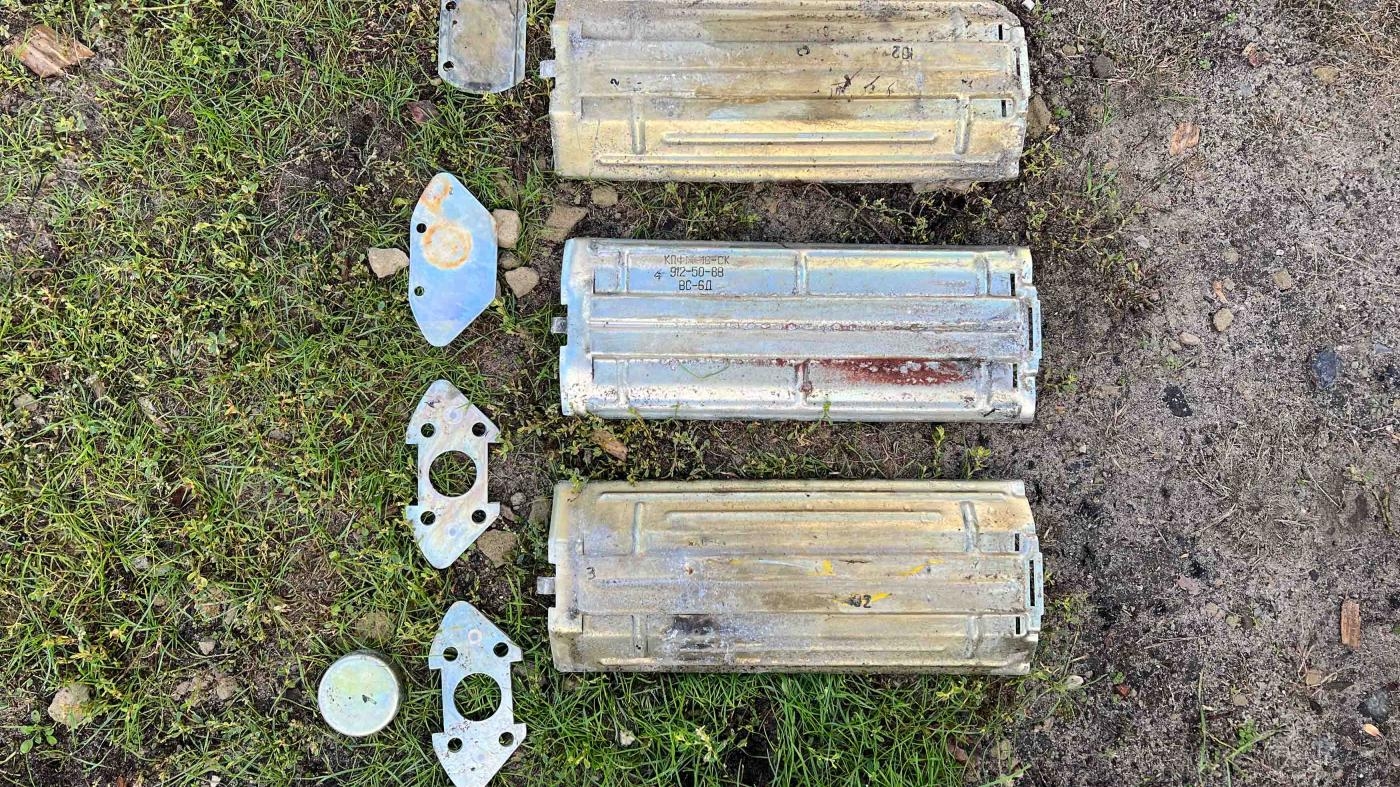Ukraine: A Year of Atrocities, Justice Essential
On February 24, 2022, Ukrainians woke up to the shock of Russia’s full-scale invasion of their country. A year later, Russian forces have shattered the lives of millions of Ukrainian civilians and devastated Ukraine’s civilian infrastructure. Russian forces committed a wide range of atrocities, whose victims deserve justice. Those responsible, up to the highest levels, should be held accountable.
Following is a look at 12 of the attacks on civilians and other serious human rights abuses and laws-of-war violations that Human Rights Watch documented over the past year.
1
Russian forces’ cluster munitions attack, February 24. The missile struck just outside a hospital on day one of the full-scale invasion. It was the first of many such attacks using widely banned cluster munitions and other explosive weapons with wide-area effects in heavily populated civilian areas.
Read more
Watch Video
2
Russian shelling of Kharkiv, Ukraine’s second largest city, in the first 11 days of the full-scale invasion. More than 450 civilians were reported killed or injured. The attacks damaged apartment blocks, schools, places of worship, and shops, impeding access to food and medicines. They also damaged infrastructure, causing civilians to lose electricity, heat, and water.
Read more
3
Chernihiv intersection bombing, March 3. Russian aircraft dropped multiple bombs simultaneously that hit an intersection in a residential neighborhood, killing 47, injuring many others, and damaging a high-rise apartment building, a hospital, and several other residential and commercial buildings.
Read more
Watch Video
4
Siege of Mariupol, March to May. Repeated attacks hit homes, schools, hospitals, a theater, and other civilian infrastructure, destroying much of the city. Thousands are believed to have died in the attacks or while sheltering in basements with little to no access to medicine, food, water, electricity, or communications and no safe way to escape.
Read more
5
Trail of death left behind in Bucha following the Russian forces’ occupation in March. Bucha became a veritable crime scene, with extensive evidence of dozens of summary executions, other unlawful killings, enforced disappearances, and torture, all of which would constitute war crimes and potential crimes against humanity.
Read more
Watch video
6
Cluster munition attack on the Kramatorsk train station, April 8. A Tochka-U short-range ballistic missile carrying 50 submunitions struck the main train station in Kramatorsk, where civilians were waiting to board evacuation trains to escape Russian forces and increasing attacks. The attack killed 58 civilians and injured over a hundred more, including children. It was one of the single deadliest attacks for civilians.
Read more
Watch Video
7
Kremenchuk shopping center attack, June 27. A Russian missile struck the center, which was open and busy with shoppers, killing at least 18 civilians and wounding dozens of others.
Read more
Watch Video
8
Arbitrary arrests, torture, enforced disappearances, summary executions, and cases of sexual violence by Russian occupation forces, including in the Chernihiv, Kharkivska, Kherson, and Kyiv regions. For example, during the occupation of Kherson and Zaporizka regions, Russian forces tortured people to extract information, instill fear, and coerce compliance with the occupation.
Read more
Watch Video
9
Forcible transfers of Ukrainians to Russia and Russian-controlled territories, and subjecting civilians to an abusive security screening process, known as “filtration.” Russian forces gave many civilians fleeing hostilities, particularly in Mariupol, no choice but to go to these areas. Forcible transfer constitutes a war crime and potential crime against humanity.
Read more
10
Use of banned antipersonnel landmines by both Russian and Ukrainian forces. Russian forces have used at least eight types of antipersonnel landmines, while Ukrainian forces used rocket-launched PFM antipersonnel landmines in Izium, while it was under Russian occupation from April to early September. The mines injured dozens of civilians, many of whom had to have limbs amputated.
Read more
11
Targeting of Ukraine’s energy infrastructure across the country, October 2022 through the present. The repeated attacks on energy infrastructure, for little apparent concrete military gain, deprived millions of civilians of at least temporary access to electricity, water, heat, and related vital services, and seemed aimed primarily to instill terror among the population and make civilian life unsustainable.
Read more
Watch Video
12
Mass pillage and looting of cultural objects in Kherson. Russian forces and civilians operating under their orders pillaged thousands of artworks and artifacts during the occupation of Kherson. They stole paintings, gold silver, ancient Greek artifacts, religious icons, and historical documents. Pillaging in Kherson and in other occupied areas constitutes a war crime.
Read more
